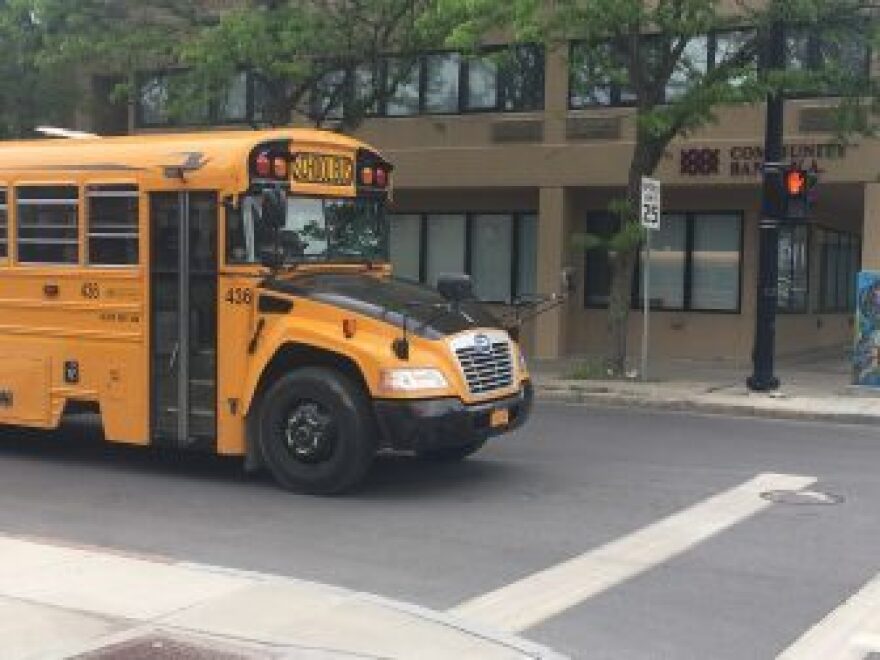BINGHAMTON, NY (WSKG) - When New York Governor Andrew Cuomo released his original budget proposal in January, it included a three percent increase, at about $826 million, in state aid for schools.
Since the coronavirus pandemic began to wreak havoc on the state’s economy, however, the governor has said school districts should now expect funding cuts, even as costs continue to rise.
State aid for the 2020-2021 school year will remain roughly what it was last year. That’s according to New York’s budget passed in April, although the state still faces an $8.2 billion budget gap as it awaits further federal aid.
To adjust for this, the new state budget includes a provision for three measurement periods, during which the governor can decide to adjust or reduce funding “by any amount needed to maintain a balanced budget.”
Union-Endicott Superintendent Nicole Wolfe said school districts are used to planning for cuts for the next school year, but cuts that come in the middle of the year are more difficult to undertake.
“We would have to stop and make adjustments immediately,” Wolfe said.
Cuomo said without federal aid, school districts can expect to lose around 20 percentof their state funding.
Reopening schools safely, however, comes at a cost. The New York State Education Department is asking districts to prepare for in-person, hybrid and remote learning models.
For in-person instruction, they’re required to purchase masks and other protective equipment for all students and staff, and replace those materials weekly or more.
Wolfe said Union-Endicott Central School District is also working to purchase remote learning software, but those are expensive as well.
“Now more than ever, school districts need more funding in order to make this work in this environment,” Wolfe said.
Many rural and low-income districts are reliant on state aid, even in normal years.
According to Windsor Superintendent Jason Andrews, rural schools need that funding to pay teacher salaries and benefits.
“In our region, the majority of districts receive at least half of their revenues in the form of state aid,” Andrews said. “Other parts of the state that are very wealthy, they may only receive 10 percent of their revenues in the form of state aid.”
If Windsor Central School District were to face a state aid cut of 20 percent, it would mean losing almost $5 million.
Schools made it through the first two measurement periods unscathed, but there’s a chance they’ll face budget cuts in the third one, which spans from July 1 to Dec. 30.
“To have the worry that money’s going to be taken away on top of it...it’s just always something that’s looming over your head,” Wolfe said. “You’re always worried that it’s going to happen.”


